25 Best Video Game Villains Ever
They're the characters you love to hate, but which video game villain is the best of the best?
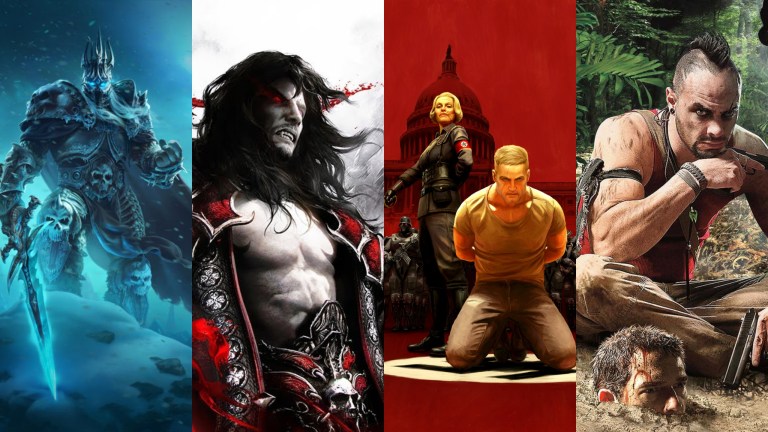
Villains are more often than not the difference between a good game and a great game. They represent everything the protagonist is fighting against, and when they’re done really well, they’re the special sauce in an otherwise merely serviceable gaming experience.
All of the characters on this list are fun to hate in their own way, and truth be told, most of them completely steal the show from their do-gooder counterparts.
Before we reveal the best (worst?) of those villains, keep in mind that we are utilizing a “one character per franchise” rule for this list in order to discuss and celebrate as wide of a collection of evildoers as possible.
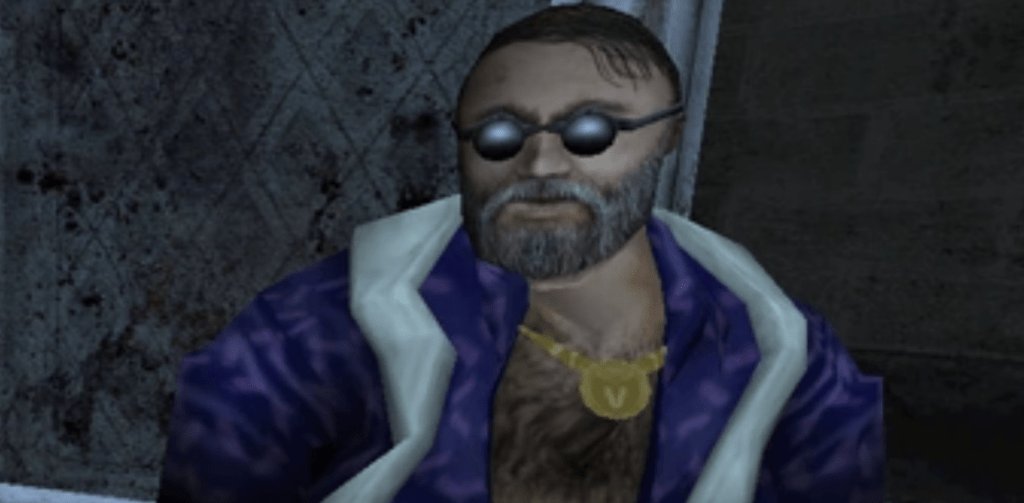
25. Lionel Starkweather – Manhunt
Rockstar’s Manhunt whiffs on some of its biggest swings, but Lionel Starkweather remains one of the studio’s best characters. Also known as “The Director,” Starkweather is the persistent voice in players’ ears who not only gets them into bad situations but is constantly encouraging them to be more violent and depraved for the sake of entertainment.
As voiced by the incomparable Brian Cox, Lionel Starkweather is one of gaming’s great “devils on your shoulder.” More importantly, he’s a sly bit of commentary about the role of extreme violence in video games. Starkweather wants you to be more violent for extra “points” and your/his amusement rather than because such violence is the most practical way forward. There are few things more chilling than hearing his sleazy praise when you decide to see what that more brutal kill animation looks like. He’s that rare gaming villain that makes you feel genuinely guilty for the things you do. – Matthew Byrd
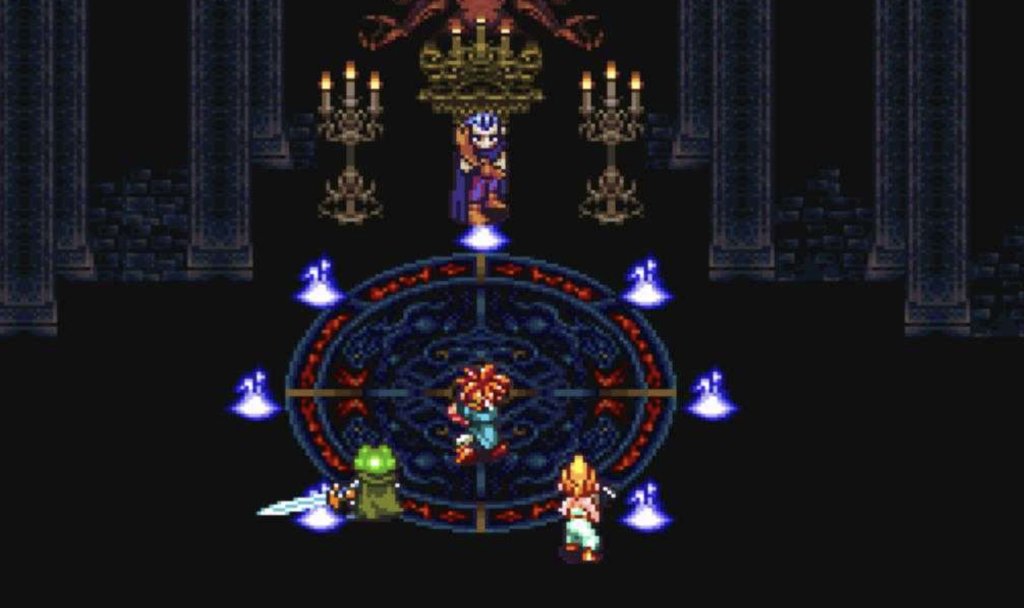
24. Magus – Chrono Trigger
What makes Chrono Trigger’s Magus one of the best JRPG villains of all time is his rich backstory and the way it’s revealed over time. He’s positively despicable for the first half of the game, a murderous, brooding cuss hell-bent on summoning the monstrosity Lavos into the world to wreak havoc. Or so it seems. The developers harness the time travel aspect of the story to brilliant effect with Magus’ arc, and his rivalry with Frog is one of the most unique and unexpectedly epic in the history of the genre.
Ultimately, the thing that makes Magus so unforgettable is that pivotal moment on the cliff when the player is given the choice to add him to the party. It’s a terrific twist that really spices up the gameplay. It’s so cool to fight alongside the scythe-wielding badass who’s given you so much grief to that point in the adventure. – Bernard Boo

23. The Player – Tyranny
There are many games that cast you as the “villain” with varying levels of success. Too often, such games treat their playable villains as comical jerks or otherwise make them so sympathetic as protagonists that they end up missing the entire point of the concept. Obsidian Entertainment’s Tyranny has long been one of the most noteworthy expectations to that rule.
In Tyranny, you play as a servant of Overlord Kyros. Kyros has taken over the world by the time the game begins, so there is no world left to save. Instead, you must often find ways to carry out Kyros’ orders as you see fit. It’s a set-up that forces you to confront what kind of villain you want to be in consistently complex ways. Are you your master’s most feared servant, or do you find a way to justify the evil you do in the name of justice? Can you even tell the difference anymore? Few other games have dared to allow you to craft such as compelling servant of evil. – MB
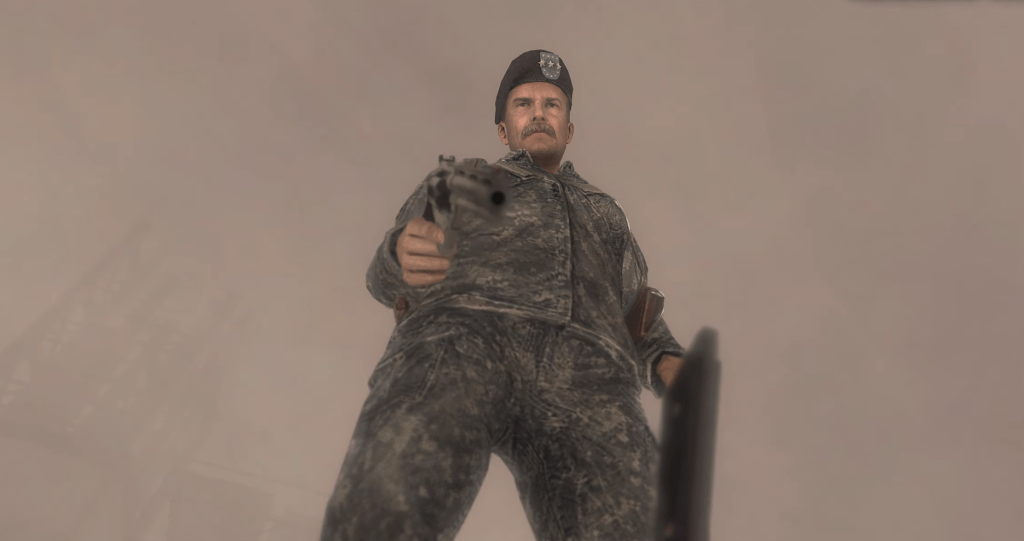
22. General Shepherd – Call of Duty: Modern Warfare 2
Some villains are defined by their extended tenure and repeat appearances across a long-running series. And some, like Call of Duty: Modern Warfare 2’s General Shepherd, are defined by a single, infamous moment. His moment in question is of course the reveal that he’s a traitor, murdering comrades Ghost and Roach in cold blood.
The twist was genuinely shocking and sharply directed, infusing the campaign with a palpable sense of high drama that was rarely seen in games at the time. While Call of Duty games are filed squarely under the “bro gamer” category by some, its narrative moments of brilliance like this one that prove the franchise has as much artistic merit as it does arcade entertainment value. – BB
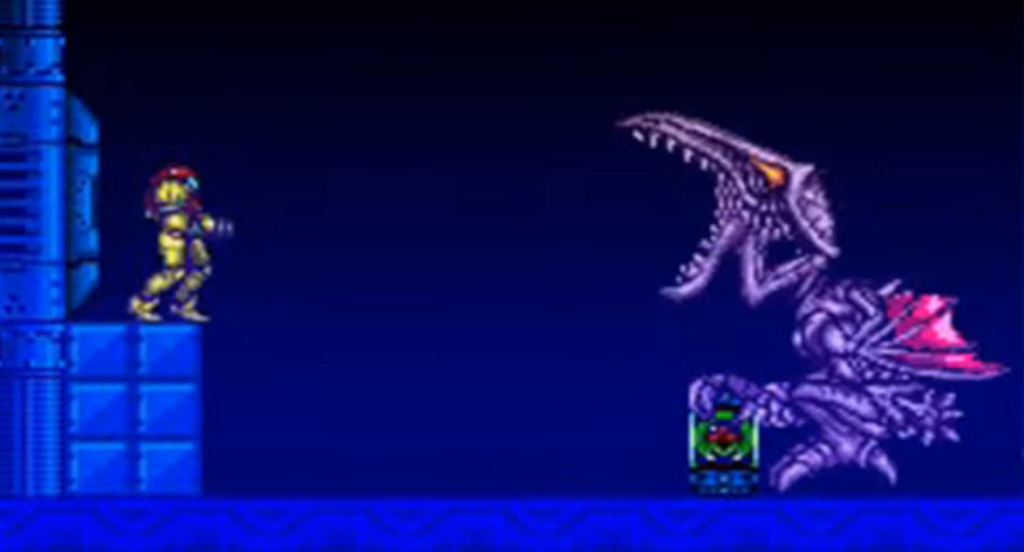
21. Ridley – Metroid Series
Here’s the thing: there’s really not a lot to Ridley. He’s a traditional video game villain through and through; a draconic creature that terrorizes Samus Aran across the Metroid saga, coming back from the dead like any good horror movie monster should (he was named after Ridley Scott, after all). There’s no deep emotional backstory or motivation to speak of here. Ridley is pretty straightforward, and he’s better off that way.
Metroid is the OG moody sci-fi game, and Ridley fits the series’ dark, atmospheric milieu like a glove. The strength of Ridley lies in his design. He’s one of the most badass-looking video game villains ever, and seeing him emerge from the darkness in Super Metroid is one of the greatest shit-your-pants moments in gaming. – BB
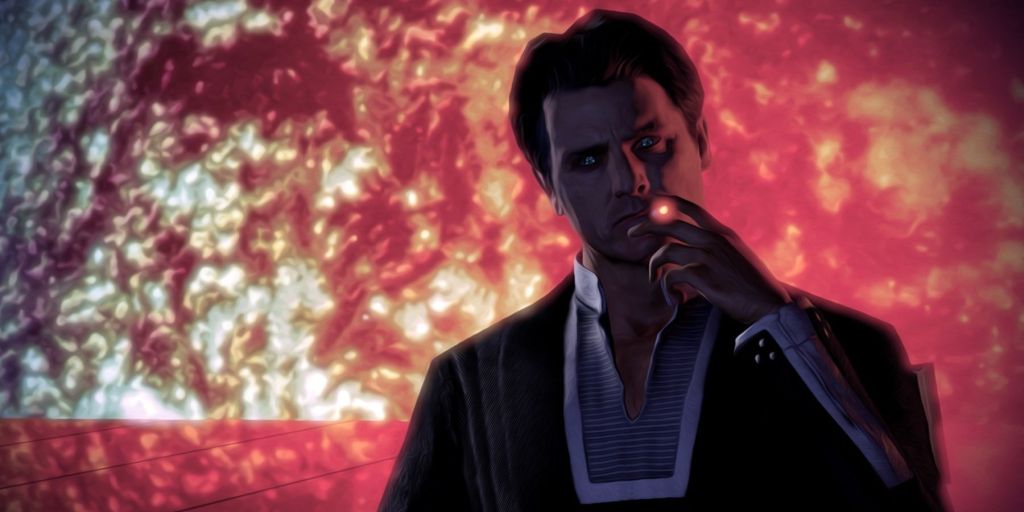
20. Illusive Man – Mass Effect Series
When Mass Effect 2 dropped back in 2010, it took the industry by storm with its grand scale and top-notch production value. It was a sci-fi epic through and through, and one of the most notable contributing factors to its blockbuster feel was the involvement of the great Martin Sheen as the shadowy Illusive Man. At the time, it felt special to have such an accomplished screen actor be so prominently featured in a video game. Years later, the character’s presentation – the silhouette, the cigar, the glowing eyes – might be the most enduring image in the entire series.
There is no shortage of fascinating characters in the Mass Effect saga, but the Illusive Man is one of the darkest. Defined by existential dread and deception, he’s not a traditional video game villain in the least. There’s no bloody, drawn-out final showdown between he and Shepherd in the physical sense. But he’s a formidable foe in the intellectual and philosophical arena, and the final conversation with him is peak dialogue-option drama. – BB

19. Baldur – God of War
From the sound of that fateful knock on the door to the brutal bloodbath that follows, the first run-in with Baldur at Kratos’ cabin in 2018’s God of War sets the tone for what is arguably the best franchise reinvention in gaming history. It’s an intimately violent spectacle of hand-to-hand combat that is unlike anything seen in the Kratos’ previous adventures. Its cinematography, direction, and performances are on, or above, the level of what audiences are used to buying a ticket to see at the theater. And the next two encounters with the tattooed psychopath only up the ante from there.
Jeremy Davies’ performance as Baldur is incomparable. There’s a level of nuance and pathos he brings to the character that’s hard to find in video games, particularly for an antagonist. The character’s mommy issues and ultimate demise are truly tragic, and the way he serves as a reflection of Kratos’ past self is one of the most poignant underpinnings of the larger story. – BB
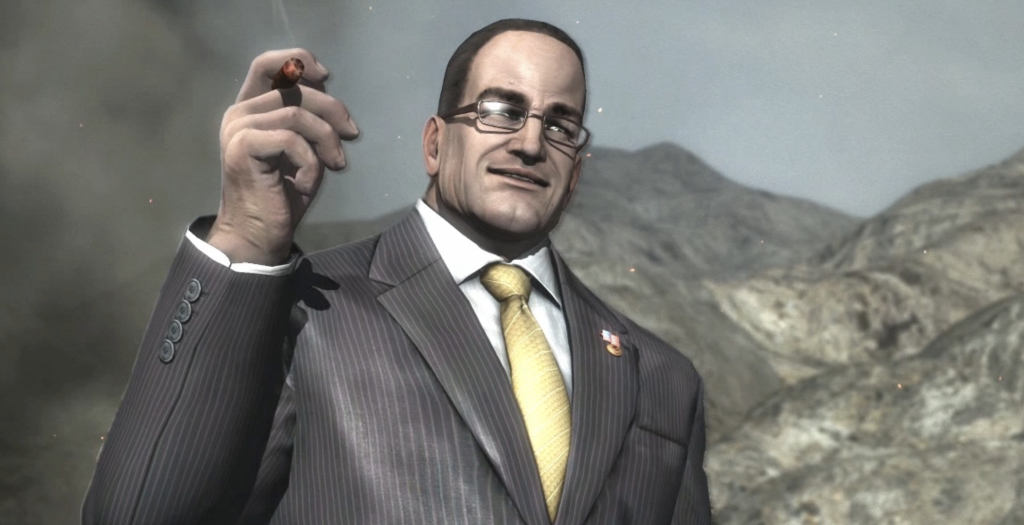
18. Steven Armstrong – Metal Gear Rising: Revengeance
The presumption of good intentions is a corrupted politician’s greatest weapon. People in politics are able to rise to positions of incredible power, and we are sometimes left to trust that they are using that power to at least try to do the right thing. Some, of course, are there to only serve their own interests. The only thing scarier than those individuals are those who find ways to justify their actions in the name of the greater good.
Steven Armstrong is such a person. This Senator from Colorado has come to view himself as a patriotic warrior who must bring about an age of “freedom” that will allow anyone to wage full-scale war against anyone else in order to enforce their beliefs. Though the Metal Gear franchise has gifted us with a number of compelling villains over the years, it’s Armstrong’s ability to invoke such chaos and call it order that makes his entire design hit a bit too close to home. – MB

17. Andrew Ryan – BioShock
From the Ayn Rand influences to the powerful creative decision to only ever come face to face with him once, Andrew Ryan is as inspired as any video game villain on this list. Ken Levine and the team at Irrational Games made one of the most sophisticated games ever in BioShock, and Andrew Ryan’s voice and political and philosophical ideologies serve as the narrative lifeblood.
The “Would you kindly?” revelation is one of the best twists ever, but what’s even more remarkable about Andrew Ryan is his unflappable belief in his vision. He’s willing to sacrifice everything for what he’s built, which makes his ultimate demise so emotionally fraught and disturbing. Sure, the architecture of Rapture is pretty to look at. But it’s the fact that they’re gnarled extensions of one man’s tortured psyche that makes the game so intoxicating. – BB
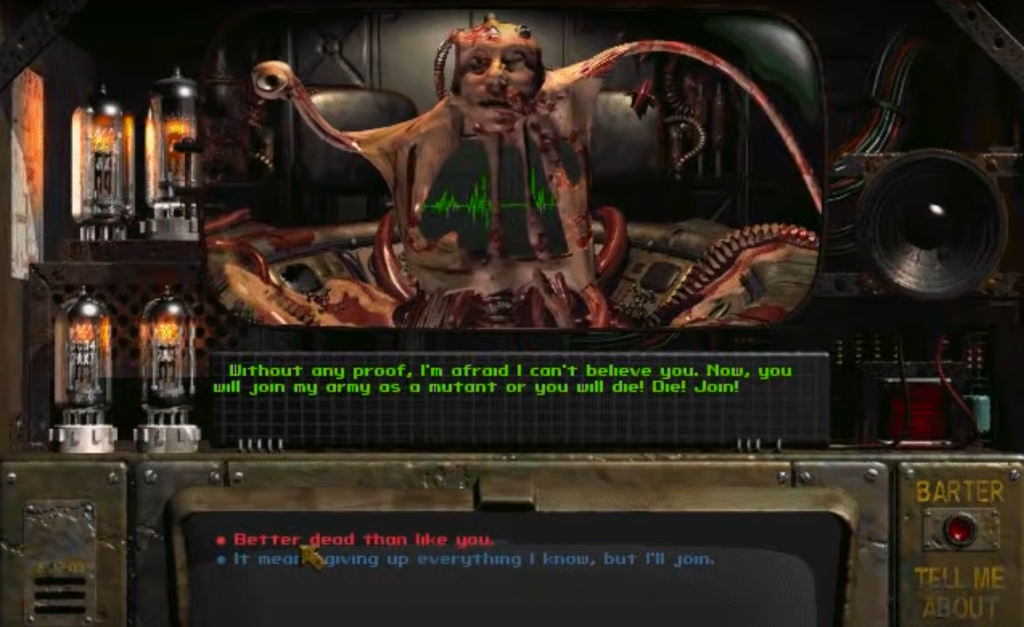
16. The Master – Fallout
Like a few of the other villains on this list, The Master operates off a twisted form of logic that is eerily understandable at times. This…mutation believes that a new world calls for a new kind of species capable of surviving and thriving in it. Though it created the Super Mutants as a first stab at that new species, the fact is that The Master never seems entirely sure of the devastating decisions it makes. That’s partially because it keeps glitching out, but it’s also because The Master has a goal and is open to multiple paths that lead to it.
What separates The Master from a pack of spiritually similar villains is how you interact with it. There are several ways you can “deal” with The Master, and each of them are based on what kind of character you’ve built, your own morals, and how convincing The Master has been. Though many games have tried, few titles present you with such a conflict that is as firmly rooted in (yet malleable to) your relationship with and understanding of a villain quite as well as Fallout. – MB
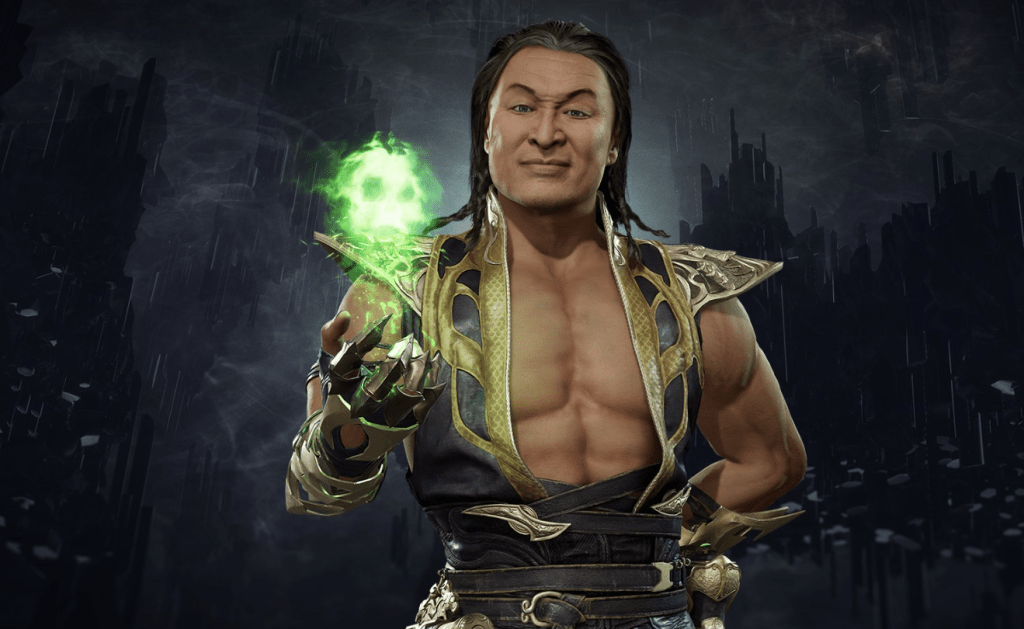
15. Shang Tsung – Mortal Kombat Series
Is there a more sadistic video game villain than Shang Tsung? He chokes people to death and eats their souls at the same time, all the while cackling away. There’s something distinctly violating about his brand of sorcery. He morphs into other people as he brutalizes them, which gets a little freakier the more you think about it. Many of his fatalities even involve him murdering people from the inside out, which is about as disturbing as it gets.
While Shang Tsung was the original Mortal Kombat big bad, he quickly took a backseat to Shao Khan and others as the series went on. But he endured and remained a fan favorite probably because he’s as charismatic as he is creepy, and as essential to the lore of the series as any other character. – BB
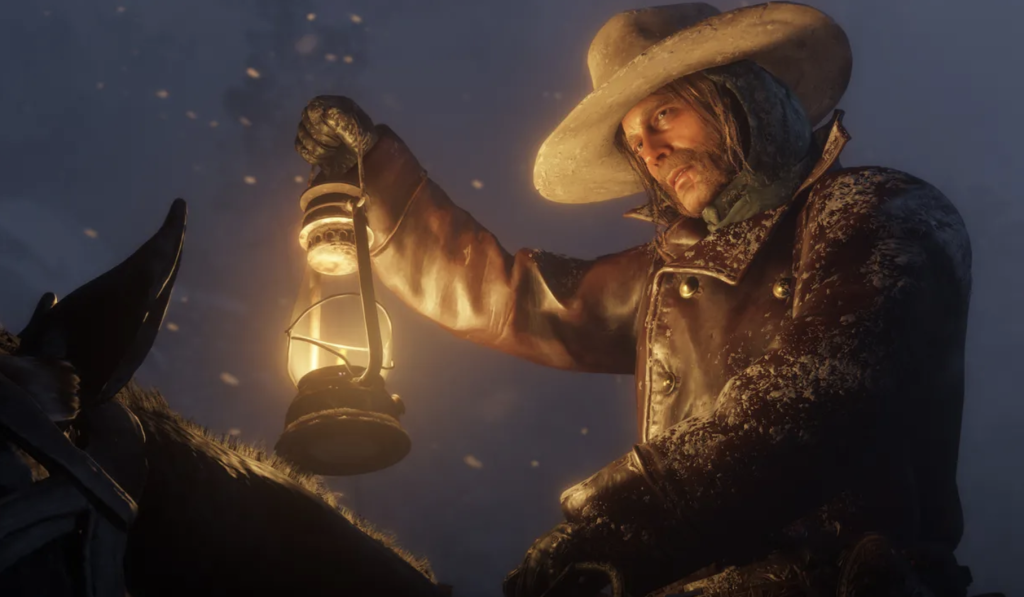
14. Micah Bell – Red Dead Redemption 2
Let’s be real. Micah Bell isn’t just one of the greatest video game villains of all time. He’s one of the best-written, rendered, and performed villains in Western fiction, period. He’s a manipulating, lying, disloyal bastard who sells his soul in the most despicable ways imaginable. If Arthur Morgan is the greatest protagonist in Rockstar canon, Micah Bell deserves to be held in equally high regard as a villain.
Peter Blomquist is an absolute force of nature as Micah and brings the honorless cuss to life so vividly you wish you could reach into the screen and throttle him yourself. Red Dead Redemption 2 is a masterpiece that will no doubt age like a fine wine, and much of that is thanks to Blomquist and the writers’ terrific creation, the most hate-able outlaw in the West. – BB
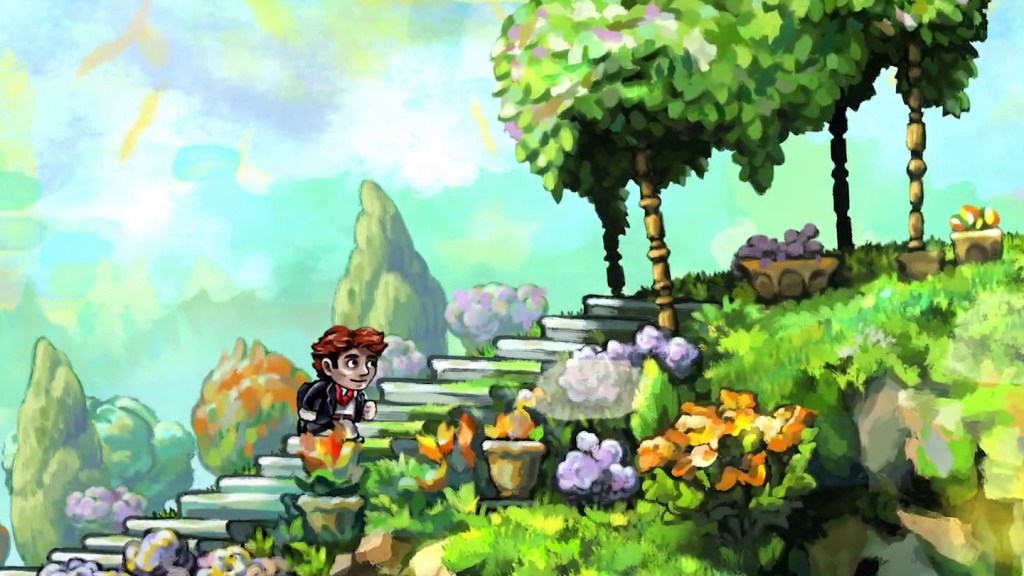
13. Tim – Braid
Ah, Tim. Anti-heroes are one thing, but Tim…Tim’s something else. Ostensibly, Braid is an artful yet straightforward take on the damsel-in-distress trope that has the player take control of an adventurer fighting desperately to save the love of his life. But boy, does the final act turn that trope on its head. It’s a stunning revelation that redefines everything that came before it and speaks to the story’s lurking, underlying message, about denial, guilt, and obsession (and the atomic bomb…yeesh). At the center of it all is the character we thought was just another platformer hero, Tim.
Braid is one of those rare games that has something sincerely interesting to say about people and the world we live in, which is remarkable considering the message is delivered via traditional platform and puzzle gameplay. Inspired, artsy indie games are a dime a dozen these days, but back when Braid was released in 2008, it was a true first of its kind and gave us a “villain” the likes of which we’d never seen. – BB
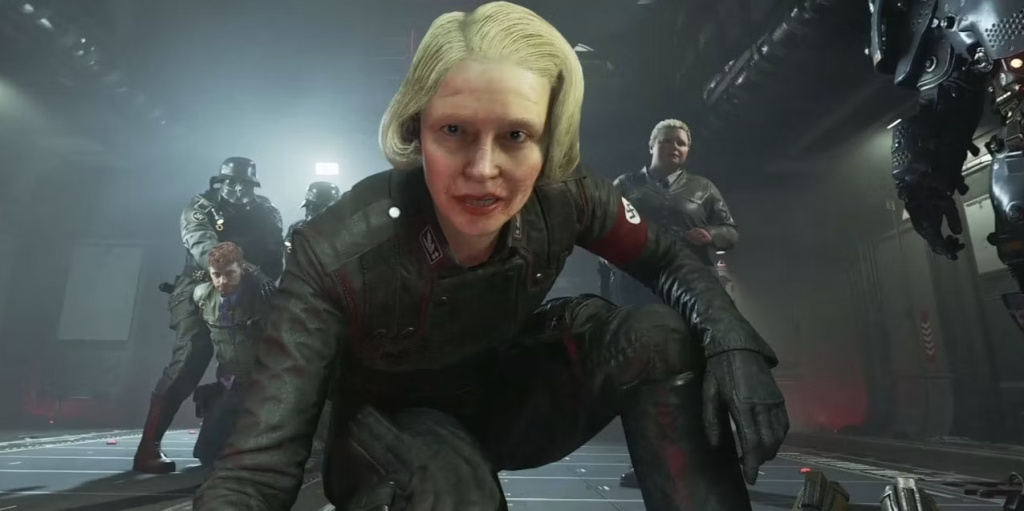
12. Frau Engel – Wolfenstein Series
Though Hitler himself is the obvious candidate for this list (there’s an odd thing to say…), he has sometimes lingered closer to the edges of the Wolfenstein franchise as his minions did much of the day-to-day dirty work. Few of those minions are more terrifying than Frau Engel.
As a high-ranking Nazi officer, Frau Engel shoots up to the top of any good villain list by virtue of her existence. Yet, it’s the ways she goes out of her way to make herself an especially evil Nazi that stand out. Unwavering in her indefensible beliefs, Frau Engel’s unquenchable need to prove herself to some of the worst people that have ever lived causes her to commit atrocities few other villains have ever thought of much less managed to get away with. The sheer joy she takes in those acts makes her that much easier to truly hate. – MB
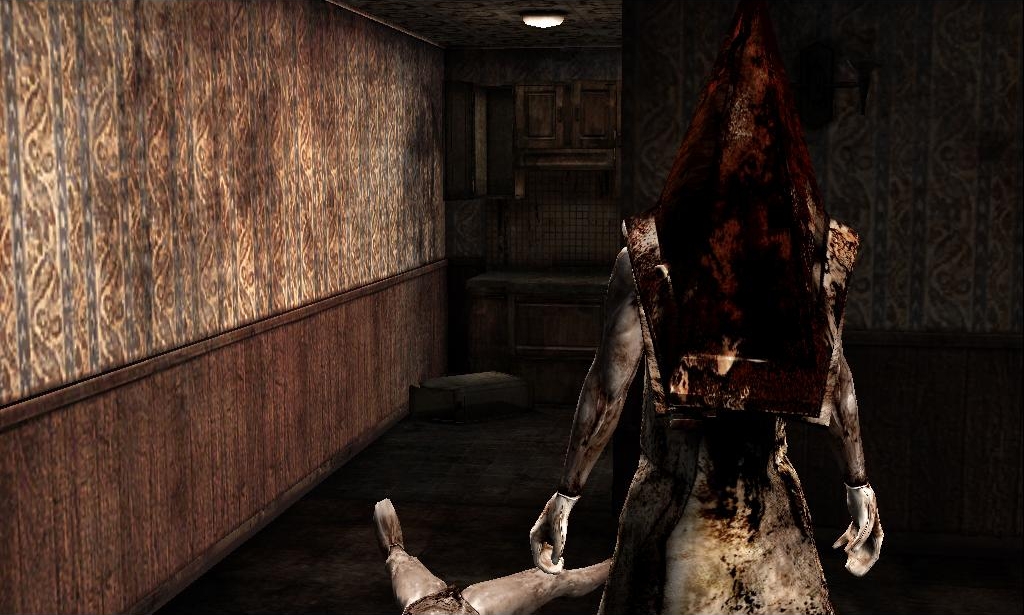
11. Pyramid Head – Silent Hill 2
In some ways, Pyramid Head’s place on this list is really a stand-in for the villainy of repressed trauma. After all, the figure we know as Pyramid Head is widely interpreted to be the physical embodiment of James Sunderland’s desire to be punished for some of the actions he is most ashamed of. Indeed, Pyramid Head’s ascension to the rank of video game horror icon has sometimes diluted the true nature of the figure.
Still, you can’t deny the primal terror of this creature’s presence and form. Pyramid Head is one the most well-designed monsters in horror gaming history, so it’s always been at least a little easy to understand why he has been pushed as the monstrous mascot of the whole franchise. Few moments in gaming will ever compare to seeing this thing for the first time and trying to wrap your head around its looks, actions, and the implication you are somehow meant to confront and defeat it. – MB
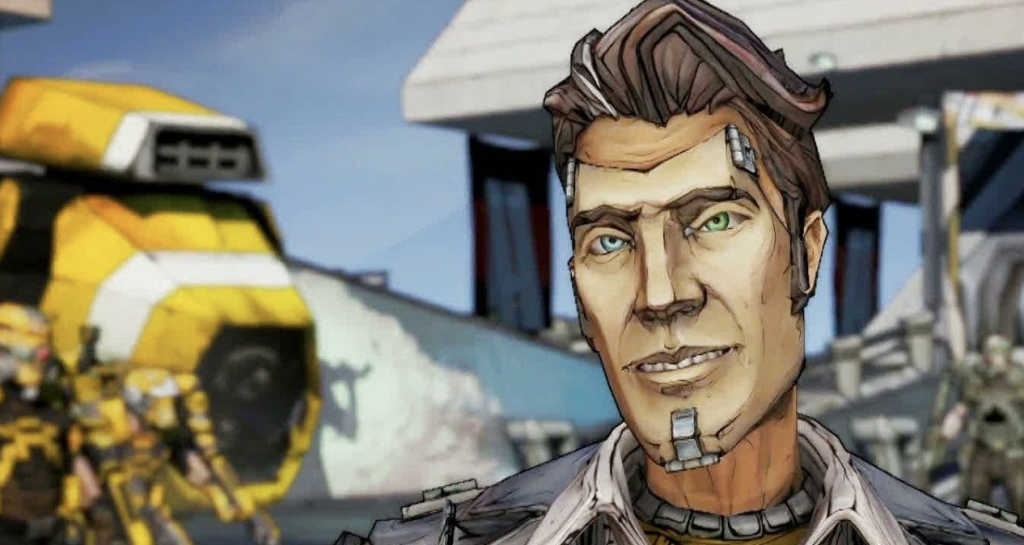
10. Handsome Jack – Borderlands Series
Handsome Jack presents an interesting dilemma for this discussion. Is it possible for a video game villain to be so well-liked among players that they cease to be a proper villain? Perhaps, though in the case of Handsome Jack, it’s worth noting that Borderlands fans only love the guy because he’s so damn good at being evil.
Handsome Jack’s tragic past eventually fueled his belief that he is the hero in a world full of people who see him as the ultimate villain. His disdain for pretty much anyone who is not him is rivaled only by how much he loves himself. He is a megalomaniacal overlord who regularly tosses out the kinds of quips and observations typically only utilized by ‘80s action heroes and the rich kids of Instagram. There is something utterly horrifying yet undeniably compelling about wrapping your head around how a man of madness believes himself to be the absolute greatest. – MB
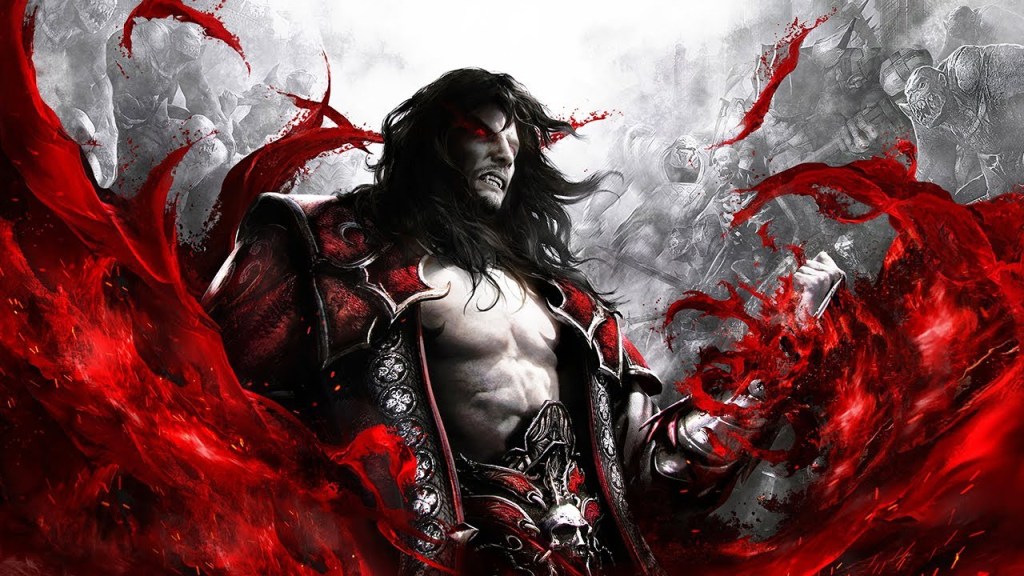
9. Dracula – Castlevania Series
In Castlevania’s earliest days, Dracula was little more than a cameo whose familiar name did a lot of heavy lifting. As the series evolved, though, so did Dracula. That formerly familiar face soon became unrecognizable under the layers of lore that made the vampire more sympathetic, more ruthless, and much more interesting. Through it all, Dracula relentlessly terrorized the Belmont clan members who were destined to battle him.
It’s that relentlessness that makes Castlevania’s version of Dracula such an incredible foe. While the franchise has often featured new foes and new heroes, the shadow of Dracula’s legacy hovers over the series much as the shadow of his castle haunts the villagers who live below it. In terms of legacy, it certainly doesn’t hurt that the battles against Dracula regularly rank among the most difficult and memorable in gaming history. – MB
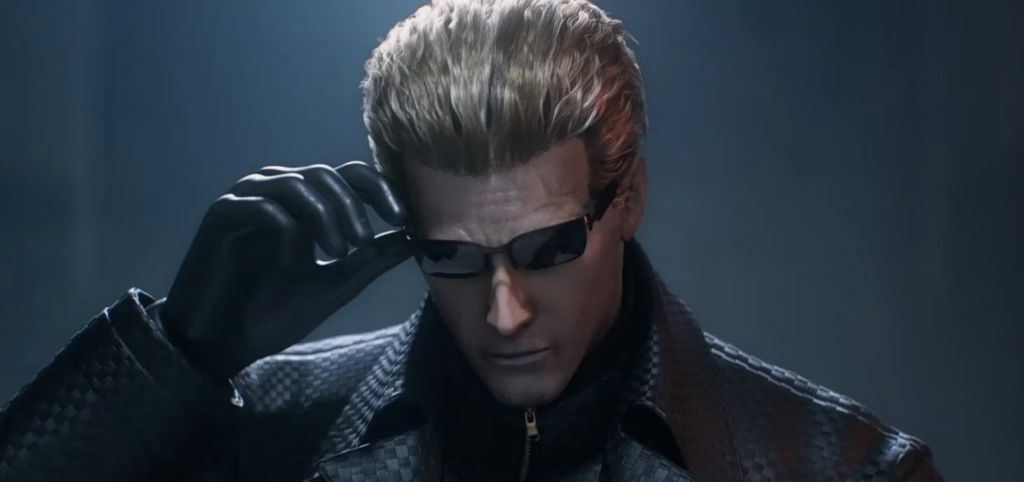
8. Albert Wesker – Resident Evil Series
Every villain’s got a superiority complex, but Albert Wesker’s eclipses them all. His superhuman physical attributes and ability to rapidly regenerate are obvious contributing factors to his ego, but it’s the philosophical condescension—the fact that he looks down on humanity so much he makes it his mission to eradicate his own species—that makes him so despicable (and fun to fire rockets at).
Villain chic in the ‘90s largely consisted of leather trench coats, immaculate slicked-back hair, and angular sunglasses that were never to be taken off (even indoors or in the dead of night). Nobody pulled this look off better than Wesker. While most Resident Evil fans have a special place in their heart for hero Chris Redfield, everyone knows that Wesker was way more entertaining to watch. – BB
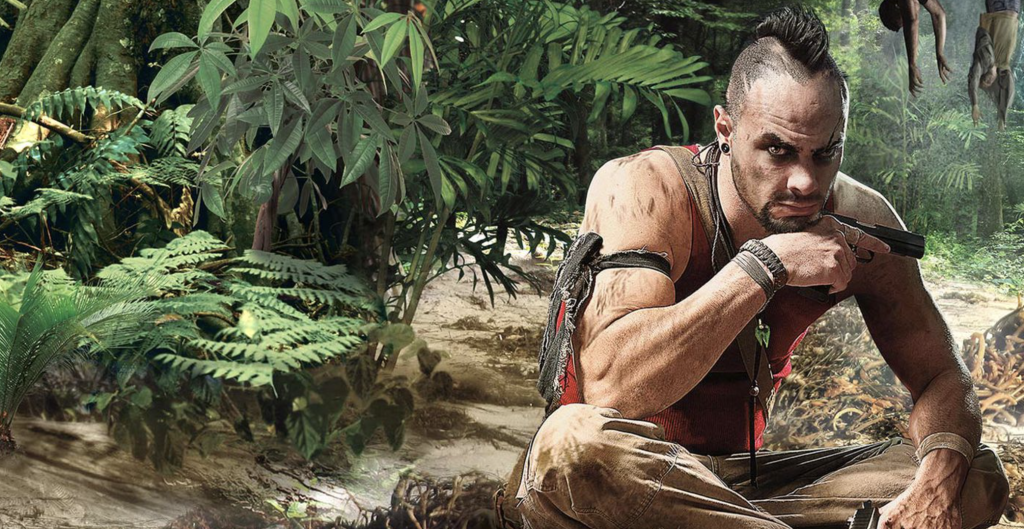
7. Vaas Montenegro – Far Cry 3
When Far Cry 3 was revealed at a Ubisoft press conference in 2011, it set the industry ablaze thanks to its phenomenal debut trailer in which protagonist Jason Brody is knocked out and tied up by antagonist Vaas Montenegro (Michael Mando), who proceeds to recite a villain monologue for the ages before plunging the player into a watery abyss.
It’s obvious the folks at Ubisoft Montreal let Mando do his thing free of constraints, which gives the character his sheer power and onscreen presence. It feels like pure performance capture, and while Mando’s dialogue isn’t delivered flawlessly, that’s precisely what makes it feel so real. There’s an inherent experiential quality to the game’s first-person perspective that heightens Vaas’ presence as well. Unlike most video game villains, there’s volatility to Vaas that feels organic and unmistakably human rather than meticulously engineered in a writer’s room. – BB
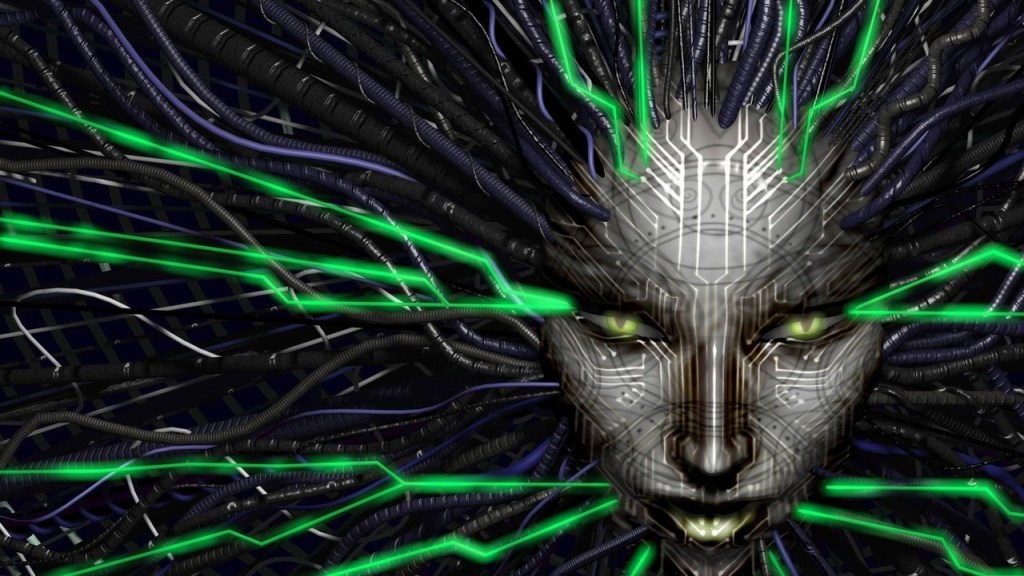
6. SHODAN – System Shock Series
2001: A Space Odyssey firmly established the now-popular idea of a villainous computer system. Such an antagonist has become the perfect modern villain in many ways. They are obviously without humanity, yet they are often born from our hubris. The only thing preventing them from exploiting the access we’ve given them is programming that many of us would be forced to admit we do not entirely understand or trust. It’s a fear that feels more pressing at the dawn of a new age for AI technology.
Though it seems that trope will likely remain relevant for longer than any of us would probably like it to be, SHODAN will likely remain one of pop culture’s most terrifying depictions of that particular fear. It’s not just that SHODAN is a clearly evil operating system rather than a hopelessly logical one. It’s not even the power of her chilling voice. No, it’s SHODAN’s ability to manipulate us through gameplay that confirms the one thing we really fear most: we are not in control. – MB
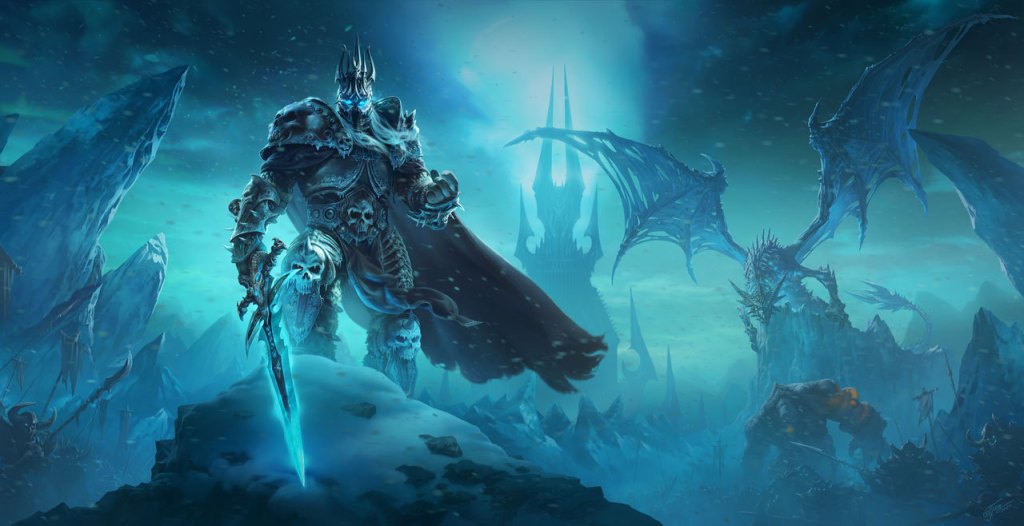
5. Arthas Menethil – Warcraft Series
Attend the tale of Arthas Menethil: the former prince of Lordaeron whose desire to prove himself leads to his total corruption and transformation into the Lich King. As a human, Arthas committed and justified horrible deeds in the name of saving his people. As a Death Knight, Arthas revealed just how powerful and ruthless he could be when he casts aside all pretensions of nobility.
From a narrative standpoint, Arthas is one of the great “heel turn” characters in video game history. The scope and impact of his rise and fall remain one of Blizzard’s most powerful storytelling accomplishments. Yet, only those who have climbed to the peak of Icecrown Citadel and battled Arthas in World of Warcraft’s Wrath of the Lich King expansion can appreciate the true power of this legendary villain. – MB
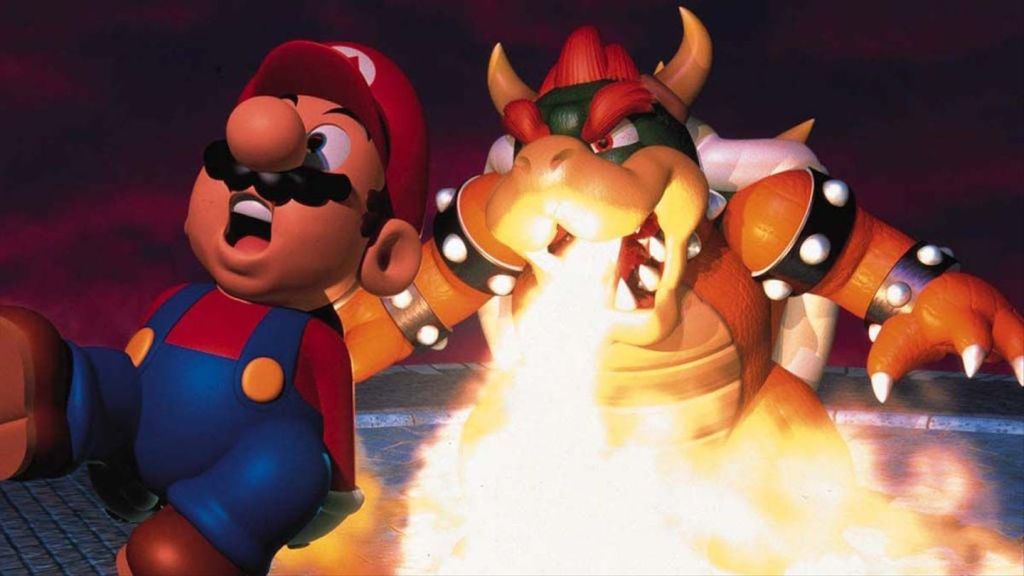
4. Bowser – Super Mario Series
It needs to be said: There is no Mario without Bowser. No iconic legacy, no zillion copies sold, no blockbuster movie. So much of the series’ humor, charisma, and cool factor comes from King Koopa. He’s the perfect foil for Mario and the definition of a show-stealer, antagonizing Mario and co. in hilarious fashion (“Bwahaha!”) while providing some of the most epic boss battles in gaming history.
There are so many incredible Bowser moments in Mario games it’s staggering: The epic final battle with Baby Bowser Super Mario World 2: Yoshi’s Island, the dizzying arena showdowns in Super Mario 64, the breathless chase sequence in Suoer Mario 3D Land, the Godzilla-inspired finale of Bowser’s Fury. And then there are the rare instances where players are given control of him, like the climax of Super Mario Odyssey and when he and Mario join forces in Super Mario RPG. He’s the most lovable jerk in all of gaming, and it’s about damn time he stars in a game of his own! – BB
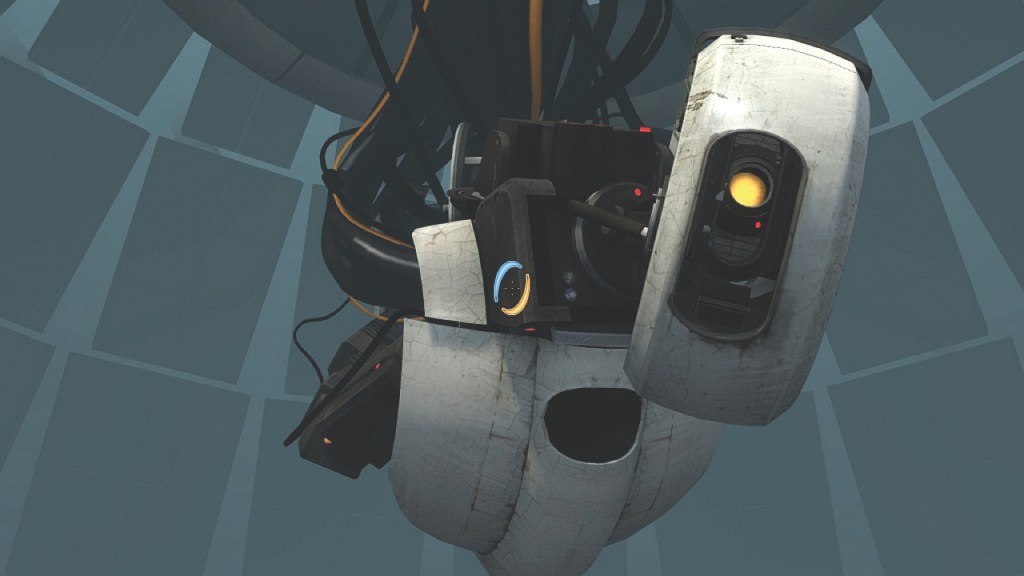
3. GLaDOS – Portal Series
Valve could have made Portal a physics puzzle game, no more, no less, and it probably still would have gone down as one of the best games ever. The gameplay is just that ingenious. But the developers went above and beyond when they weaved the game’s puzzles together with a terrific story centering on GLaDOS: the mouthy AI super bot whose motives and backstory are unveiled in riveting fashion across the two Portal games.
It’s frightening, in a purely psychological way, when the player slowly learns what GLaDOS is actually up to in the first game. That arc alone is enough to put her firmly in the “greatest villains” pantheon. But her unbridled vitriol and unexpected existential reckoning in the second game elevate her into a league of her own. – BB
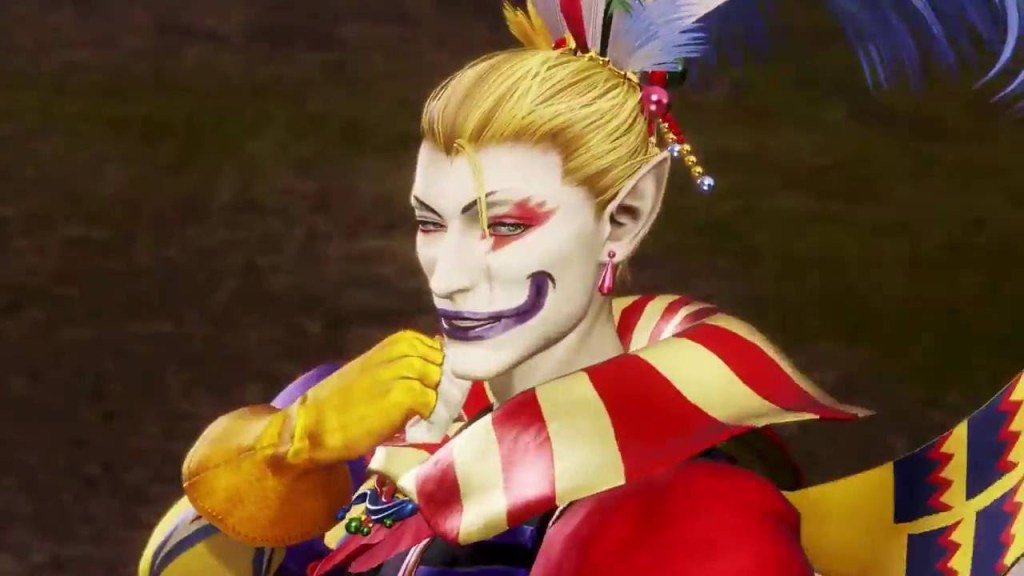
2. Kefka Palazzo – Final Fantasy 6
Technological limitations in the 16-bit era of video games meant that a lot of a character’s presentation was left up to the player’s imagination. Considering this, the fact that the maniacal Kefka Palazzo is so indelibly seared in so many players’ minds all these years later is proof of just how marvelous a villain he was.
While supremely powerful and ultimately successful in his plan to “ruin” the entire world, the thing that’s so unnerving about him is his almost childlike affinity for toying with his victims and underlings in twisted ways. He’s a complete nut job: a nightmarish symbol of pure, psychotic evil who garners no sympathy whatsoever. And that laugh—again, in spite of technological limitations—will go down as one of the most terrifying villain calling cards ever. – BB
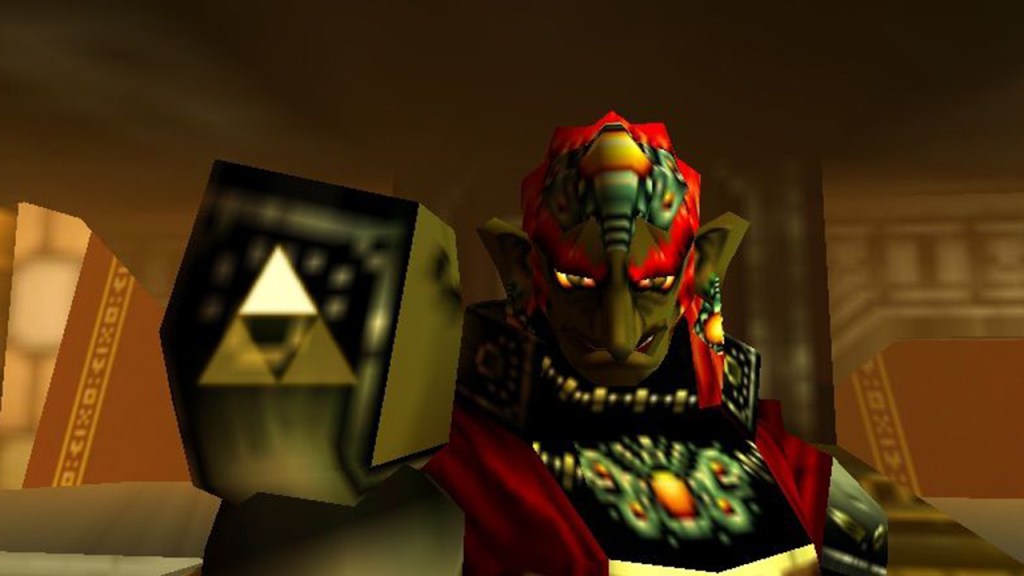
1. Ganon/Ganondorf — The Legend of Zelda Series
There are many different types of video game villains: funny ones, maniacal ones, weasel-y ones. But Ganon? He’s a straight-up badass. A muscly, intimidating, beat the hell out of you badass. He’s evil incarnate, taking Zelda hostage, exploiting the power of the Triforce, aiming to ravage Hyrule and shape it in his image.
That being said, Ganon is presented with a measure of high intellect and a flair for style (some of the best outfits ever, really) that make him anything but a one-dimensional brute. He and Link’s one-on-one clashes are beautiful in a nebulous way that’s difficult to put a finger on. They’re so iconic that they feel mythical, like David and Goliath, with an undercurrent of operatic drama that sets Zelda’s boss battles apart to this day. – BB
